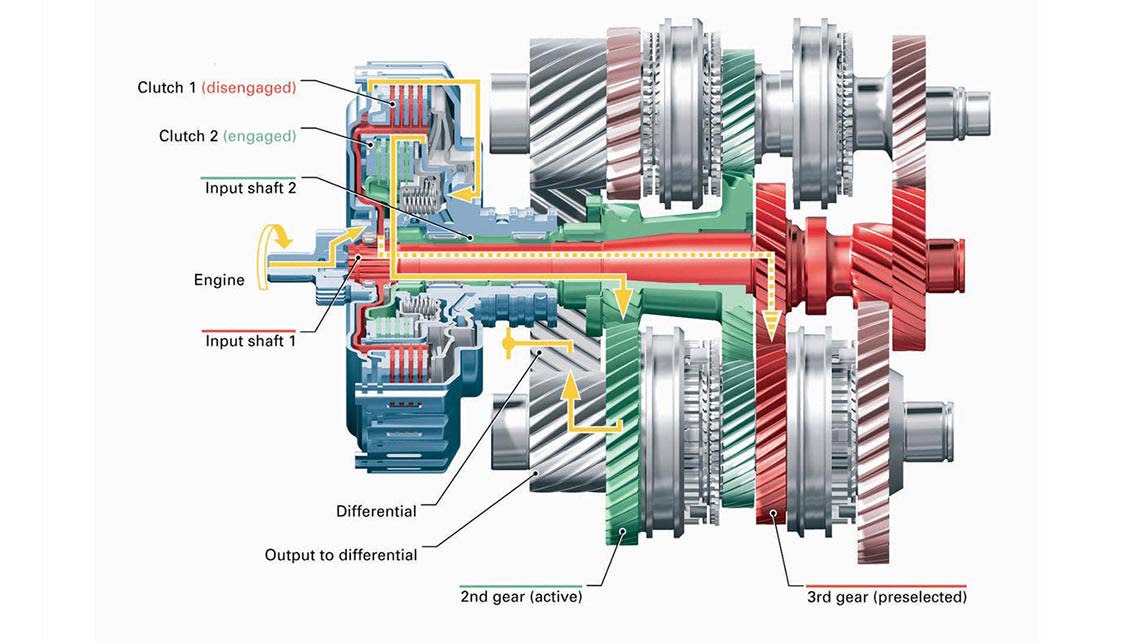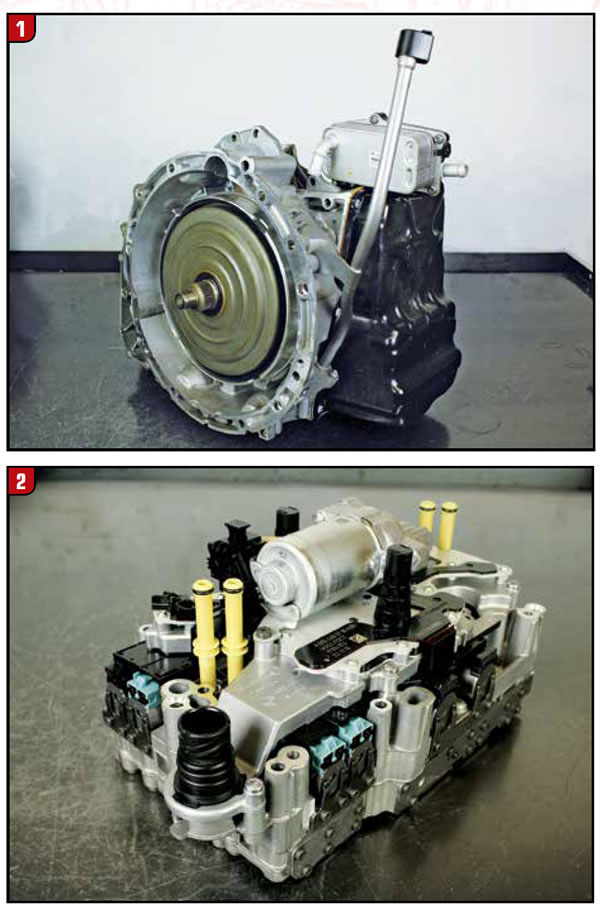
- #Automatic dct transmission drivers#
- #Automatic dct transmission driver#
- #Automatic dct transmission manual#
- #Automatic dct transmission full#
One of the headline figures of the C8 Corvette is its incredible acceleration. When you wire them directly from the paddle straight to the TCM, we're getting the message instantaneously." This doesn't mean the paddles will give you a downshift that over-revs the engine-the TCM prevents that-it just helps reduce delay. "It could be 25, 30, 40 milliseconds from the time you pull, to the time that transmission actually got the message.

You have obvious latency there," Hoeflinn said. "In other applications, from the paddle, the wire will go to the body control module and then from the body control module back over to the transmission. In the C8, the paddles are directly wired to the transmission control module (TCM) for quicker response times.
#Automatic dct transmission manual#
And second, pulling both paddles at the same time is equivalent to pushing in the clutch pedal on a manual car, which allows you to rev the C8's new V-8 as much as you want. Do that while braking, and the transmission will keep downshifting as engine speed allows. First, if you hold the downshift paddle, the DCT will serve up the lowest possible gear.
#Automatic dct transmission drivers#
There are two other neat tricks available for drivers to exploit. There's no time out, and the car won't upshift at redline.
#Automatic dct transmission full#
If you press the M button in the center console, you get full manual mode. In this mode, the car will automatically upshift at redline. If you pull a paddle while in Drive, you get a temporary manual mode, which automatically times out, or can be exited sooner by holding the upshift paddle.
#Automatic dct transmission driver#
For example, in Track mode with the transmission set to automatic, the car will downshift aggressively when the driver is braking hard into a corner, and hold upshifts until corner exit. The DCT uses latitudinal and longitudinal accelerometers, and looks at information like throttle position and steering angle to gauge how the car is being driven, and react accordingly. "As you start to relax, the car's going to start to relax." The more aggressive, the more spirited you drive, the more aggressive the car's going to respond," Hoeflinn said. "It's the same choreography" between the engine and transmission, he added, but without the "luxury" of a torque converter, there's a lot more programming work involved.Īs you'd expect, the transmission has different automatic shift strategies for the various drive modes, which adapt in real time. "There's a lot of pre-selection interaction that goes on in the background," Hoeflinn said. Doing all that refinement and making sure it's ready to go for everybody across the all the cars."Ī dual-clutch presents unique challenges, no matter what sort of car it's in. "That's what we've done since the car that you had. "It's in final refinement, and then it's in final checks and looking what we're doing and making sure that it's behaving exactly we want." That all gets refined out," Hoeflinn said. "Maybe you get some humpy-bumpy shifts here, you get a little bit of that there. At a powertrain engineering seminar held by Chevy last week, we asked Glen Hoeflinn, controls program manager for the DCT, what will change from the car we drove. There's been development work since we drove the car, and that work will continue for the foreseeable future.

But, the C8 we drove wasn't a finished product. Too often we found ourselves running into the rev limiter, or having downshifts denied after a paddle pull. In automatic mode, the DCT dolled out nice, snappy shifts, but when using the paddles, it could be clumsy.


 0 kommentar(er)
0 kommentar(er)
